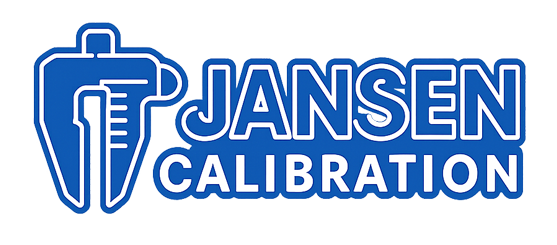No products in the cart.

**Originally published:** November 20, 2015
**Last updated:** July 2025 — This article has been updated with the latest information on digital measurement tools, traceable calibration standards, and enhanced product recommendations for professional users.
🔄 Updated Section: Advancements in Measurement Tool Technology (2025 Update)
Over the past decade, measurement tools have advanced significantly in both digital capability and industrial reliability. Today’s high-end micrometers, calipers, and dial indicators come with Bluetooth connectivity, data logging, and touchscreen interfaces, enabling seamless integration into quality control systems and traceable documentation.
Brands like Mitutoyo, Starrett, and Hioki have released precision instruments that not only meet but often exceed ISO 17025 and NIST traceability standards. These instruments are especially crucial in industries like aerospace, automotive, and semiconductor manufacturing, where tolerances are extremely tight and compliance is mandatory.
If you’re seeking traceable and certified tools, check out our Dimensional Measurement Tools category.
In every industry that relies on testing, inspection, or quality control, measurement tools are critical for ensuring performance, safety, and compliance. But simply owning a measurement device isn’t enough — professionals must understand how to interpret a tool’s accuracy, resolution, and precision to make informed decisions and avoid costly mistakes.
This guide breaks down these key concepts and highlights how they influence the selection and usage of instruments across industrial, laboratory, and field applications.
Why Measurement Quality Matters
Small errors multiply across production lines
Tight tolerances in industries like aerospace and semiconductors demand reliable measurements
Incorrect readings can result in safety hazards or regulatory violations
Choosing a measurement tool without fully understanding its specifications can lead to unnecessary risks, product failures, or quality rejects.
Key Terms Explained: Accuracy, Resolution, and Precision
1. Accuracy
Definition: How close a measurement is to the true or accepted value
Example: A thermometer reads 100.2°C when the actual value is 100.0°C → Accuracy error = 0.2°C
Affects: Trustworthiness of data for calibration, inspections, or compliance
2. Resolution
Definition: The smallest detectable change an instrument can display
Example: A digital caliper with 0.01 mm resolution can detect very fine dimensional differences
Affects: Ability to measure small deviations in size, voltage, weight, etc.
3. Precision (Repeatability)
Definition: The consistency of repeated measurements under the same conditions
Example: Five readings in a row at 5.12V → High precision even if not highly accurate
Affects: Reliability and stability over time
Visual Analogy of Measurement Concepts
| Scenario | Accuracy | Precision | Resolution |
|---|---|---|---|
| Shots clustered but off-target | ❌ | ✅ | ✅ |
| Shots around bullseye | ✅ | ❌ | ✅ |
| Tight cluster on bullseye | ✅ | ✅ | ✅ |
Use cases require different combinations. High-precision may be more critical for repeatability testing, while accuracy is essential in calibration.
Types of Measurement Tools and Their Specifications
| Instrument | Application | Resolution | Accuracy | Example Product |
| Digital Caliper | Dimensional measurement (machining) | 0.01 mm | ±0.02 mm | Mitutoyo 516-751-26 |
| Bench Scale | Weight verification | 0.1 g | ±0.3 g | Ohaus Scout SPX |
| Pressure Calibrator | Transmitter calibration | 0.001 psi | ±0.02% of FS | Additel AM1760-20-SP |
| Thermometer | Temperature testing (HVAC, food) | 0.1°C | ±0.5°C | Testo 176 H1 |
| LCR Meter | Component measurement | 0.001 ohm | ±0.1% | Keysight U1733C |
Best Practices for Ensuring Measurement Quality
Always verify calibration certificates for high-precision work
Match resolution to the tolerance of your application — don’t over- or under-spec
Train technicians to interpret specs and avoid false confidence from high-resolution displays
Use tools in proper conditions (temperature, humidity, vibration)
Maintain a measurement log for audits and trend analysis
When to Prioritize What?
| Scenario | Prioritize |
| Safety-critical calibration | Accuracy |
| Repeatability tests in R&D | Precision |
| Measuring tolerances in micro-machining | Resolution + Accuracy |
| Weighing parts for compliance | Resolution |
| Field diagnostics (quick checks) | Ruggedness + Usability |
Conclusion
A clear understanding of accuracy, resolution, and precision empowers you to choose the right measurement tools for every application. Whether you’re measuring voltage, pressure, weight, or length, informed selection improves productivity, ensures compliance, and builds confidence in every measurement you make.
Explore our range of professional-grade measurement tools at Jansen Calibration — engineered for accuracy, built for reliability.
